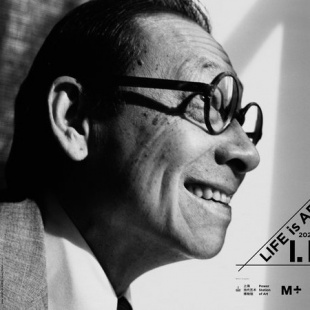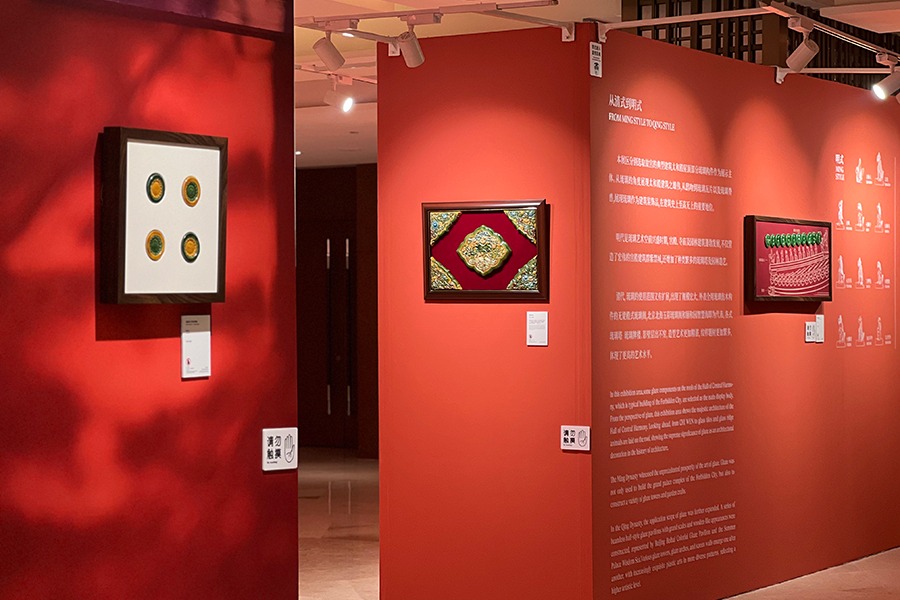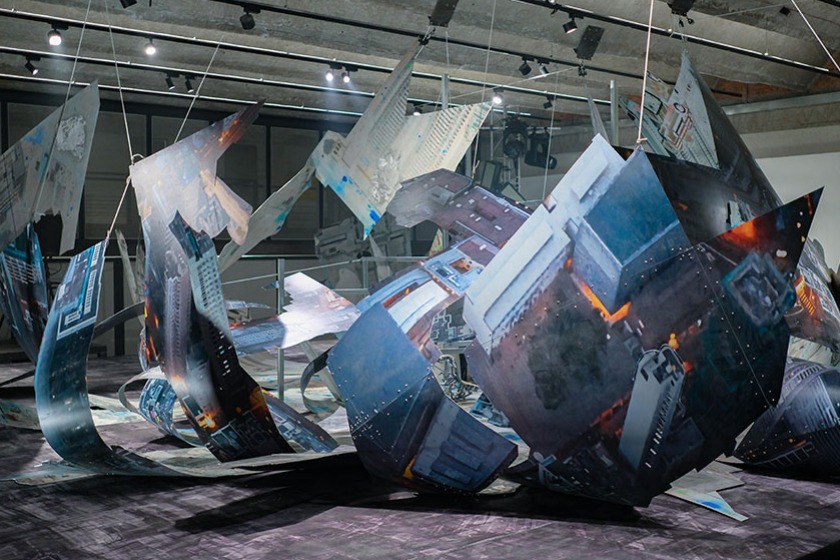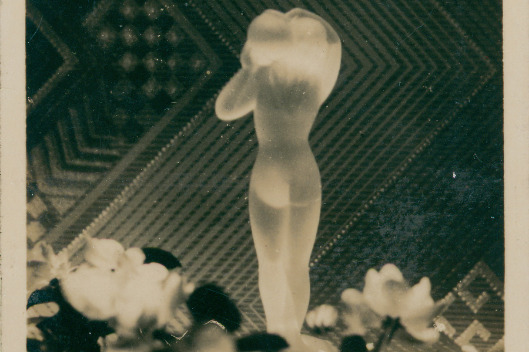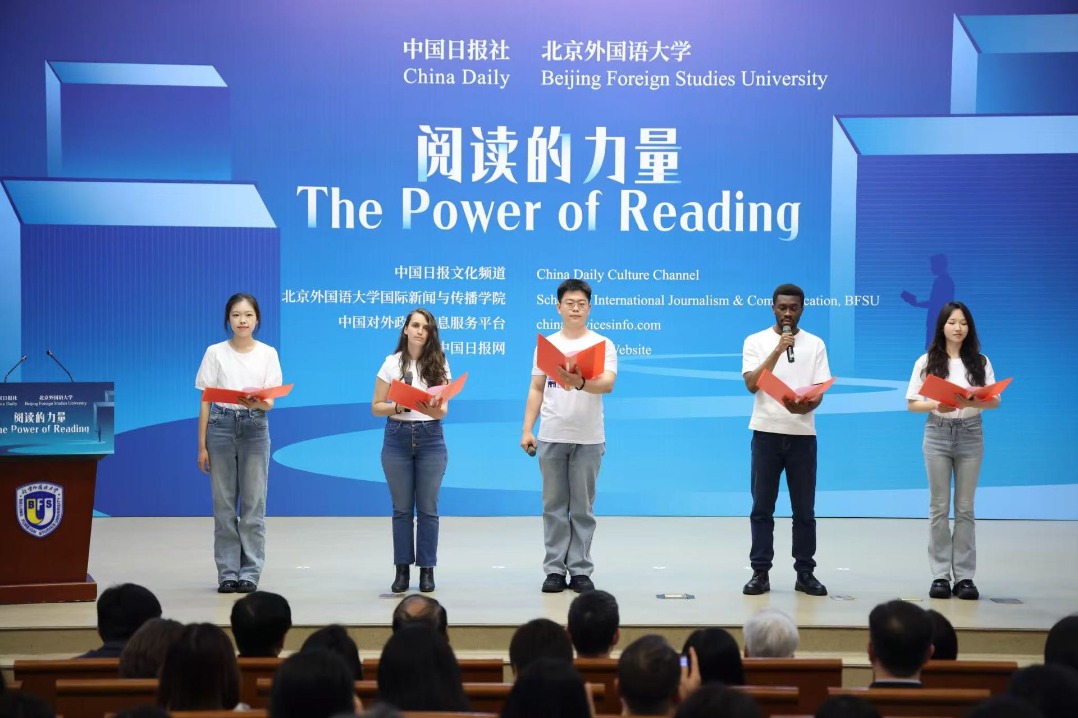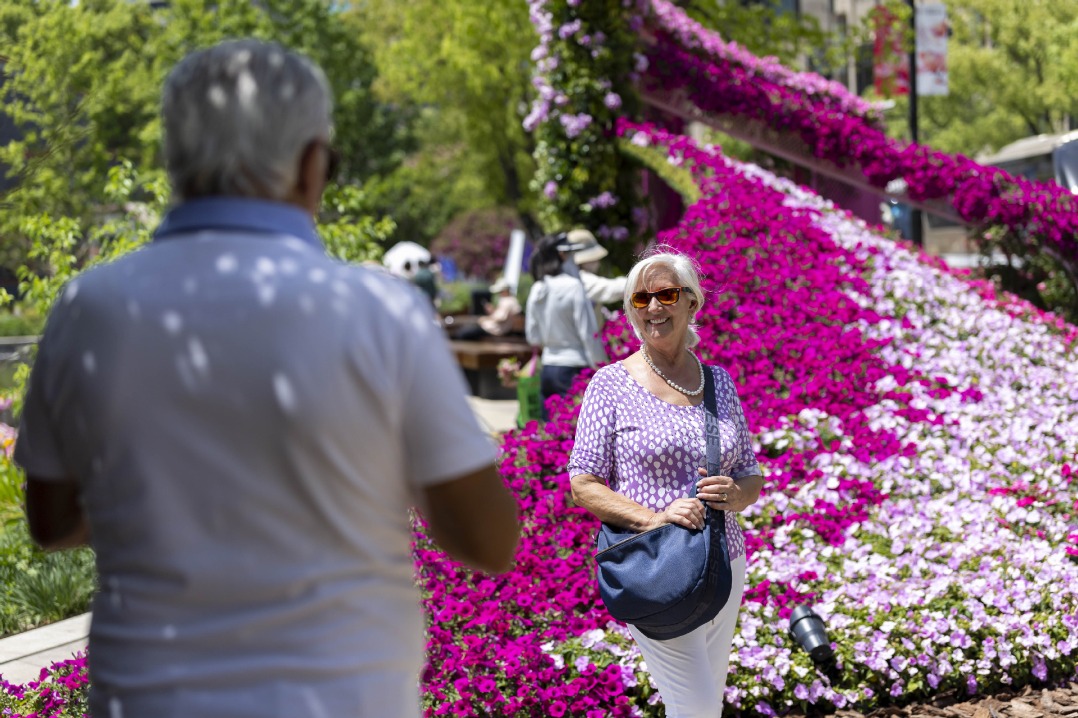Shanghai exhibition traces life and global legacy of an architect

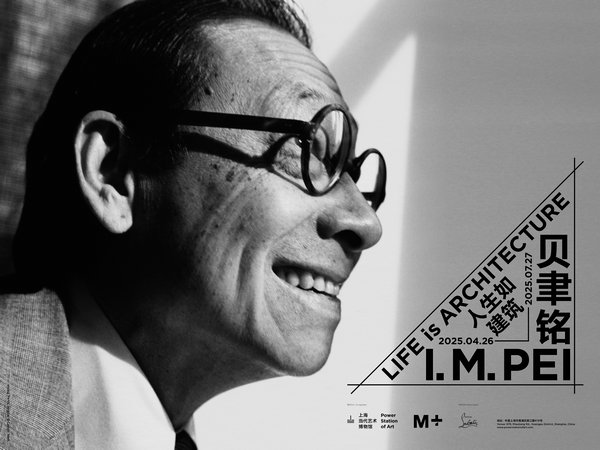
This spring, Shanghai welcomes I. M. Pei: Life Is Architecture, the first major retrospective of the Chinese American architect in the mainland.
Organized by the Power Station of Art (PSA) and M+, the exhibition will open on Saturday, following its acclaimed Hong Kong debut.
I. M. Pei (1917-2019), a Pritzker Prize laureate, left a global legacy of architecture over the course of seven decades. His iconic buildings — like the Louvre Pyramid in Paris, the Bank of China Tower in Hong Kong, and the Suzhou Museum — helped redefine modern architecture while honoring history and place.
Born in Guangzhou and raised in Shanghai and Suzhou, Pei's early exposure to Jiangnan gardens and urban landscapes shaped his cross-cultural design sensibilities. This Shanghai exhibition marks a homecoming, with more than 400 drawings, models, photographs, and films — many never before seen on the mainland.
The show explores six themes, from Pei's multicultural upbringing to his innovations in material and structure, his civic-minded museum designs, and his ability to blend modernism with historical tradition. The exhibition design by architect James Wei Ke echoes the layered spatial qualities of Chinese gardens, creating a multisensory journey through Pei's architectural vision.
Lectures and discussions will accompany the exhibition, including a roundtable on the architect's influence in China.
Pei's life, shaped by movement between cultures, is reflected in his work — timeless spaces that bridge tradition and modernity. In the city where his journey began, Life Is Architecture invites visitors to rediscover the man whose designs helped shape the world.


